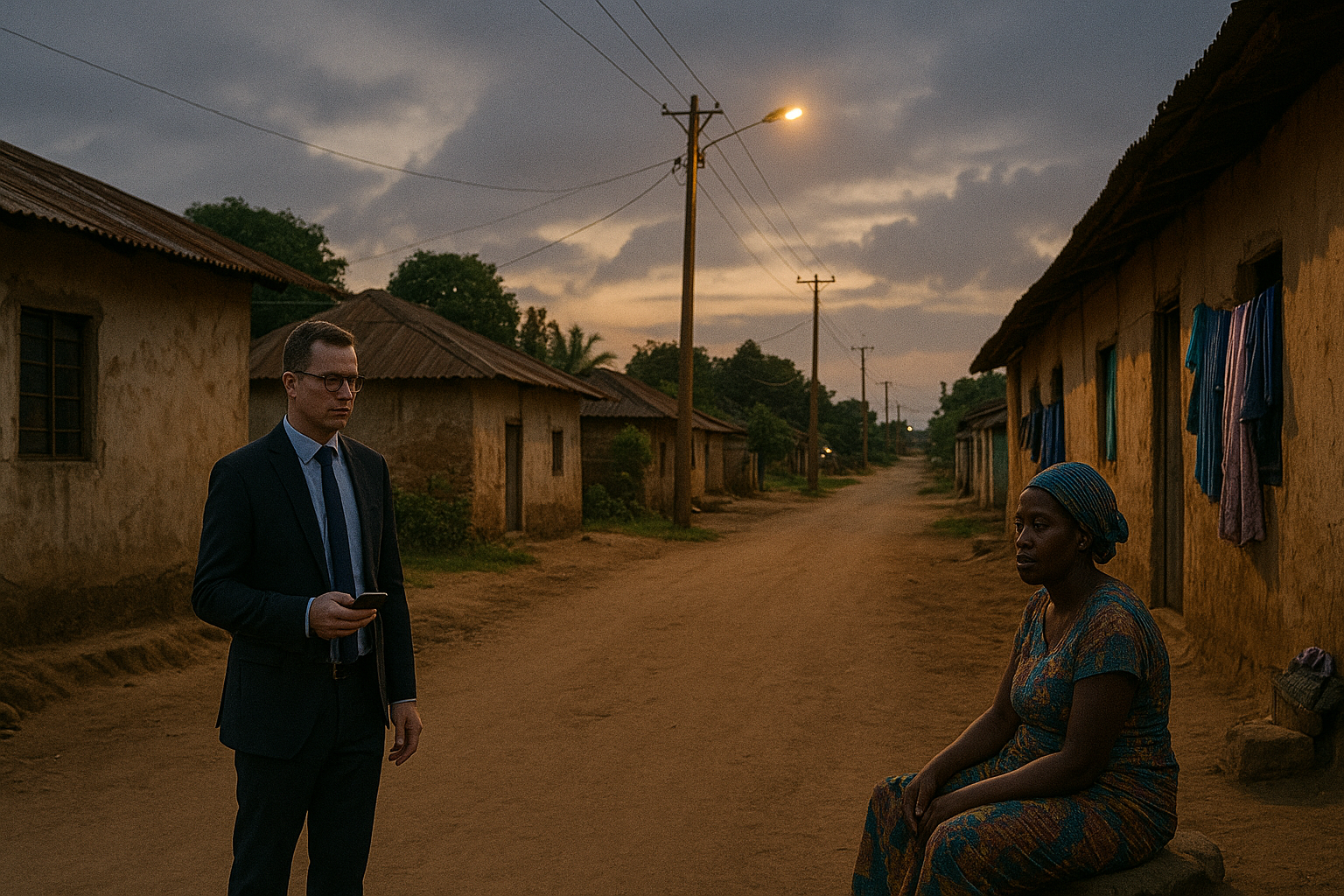Global Energy Access Lagging: SDG 7 Report Warns of Missed 2030 Targets Without Action
The Tracking SDG 7: Energy Progress Report 2025 by IEA, IRENA, UNSD, World Bank, and WHO warns that despite modest gains in renewables and electricity access, the world is far off track to achieve universal energy and clean cooking by 2030. Without urgent, well-financed, and inclusive action, hundreds of millions will remain without power and billions will continue to rely on polluting fuels.

The Tracking SDG 7: The Energy Progress Report 2025, produced jointly by the International Energy Agency (IEA), the International Renewable Energy Agency (IRENA), the United Nations Statistics Division (UNSD), the World Bank, and the World Health Organization (WHO), offers a candid and data-rich assessment of how far the world has come, and how far it still has to go, to achieve “affordable, reliable, sustainable and modern energy for all” by 2030. Bringing together the latest global data on electricity access, clean cooking, renewable energy, energy efficiency, and international financial flows, it reveals both glimmers of progress and stark realities. After the disruptions of COVID-19, the momentum toward SDG 7 faced fresh setbacks from the 2022 energy crisis. Political commitments such as the COP28 pledge to triple renewable capacity and double efficiency gains, and the 2025 Dar es Salaam Declaration on electricity access signed by 48 African states, inject optimism, but the gulf between ambition and implementation remains wide.
Electricity Access: Gains and Gaps
By 2023, 92% of the global population had access to electricity, leaving 666 million people still without power. Central and Southern Asia are nearing universal access, but Sub-Saharan Africa, which accounts for 85% of those unserved, has struggled to keep pace with rapid population growth. Nigeria, the Democratic Republic of Congo, and Ethiopia are among the worst affected. The report stresses that bridging this gap will require a much faster rollout of solutions, combining large-scale grid extensions with mini-grids and off-grid solar, particularly in rural areas where 84% of the unconnected live. Decentralized renewable energy (DRE) systems already supply over half of new connections in Africa, but scaling them demands higher investment flows, better data for planning, and simplified regulatory frameworks to attract both private and community-led initiatives.
The Stubborn Challenge of Clean Cooking
Access to clean cooking fuels and technologies is lagging behind other SDG 7 targets. While 74% of the global population now uses clean cooking, 2.1 billion people still rely on polluting fuels such as biomass, coal, or kerosene. The situation is most severe in Sub-Saharan Africa, where the rural-urban divide is striking: only 7% of rural residents cook cleanly compared to 42% in urban centers. Without major policy and investment changes, 1.8 billion people will still lack clean cooking by 2030. Progress in Asia contrasts with stagnation in many least-developed countries, landlocked developing states, and small island developing states. The report warns that failure to act will have dire consequences for public health, disproportionately affecting women and children exposed to household air pollution, while also undermining gender equity and environmental goals.
Renewables and Efficiency: Moving, but Not Fast Enough
Renewable energy’s share in total final energy consumption reached 17.9% in 2022, with almost 30% of global electricity now generated from renewables. Hydropower remains dominant, but solar and wind generation has tripled since 2015. Despite this growth, current rates of expansion fall short of climate-compatible pathways. Developed countries enjoy more than three times the per capita renewable capacity of developing nations, with Sub-Saharan Africa trailing far behind at just 40 watts per capita. The report calls for large-scale, equitable expansion of renewables across electricity, heat, and transport, backed by greater electrification of end uses and system upgrades to integrate variable renewable sources.
On energy efficiency, global improvement was 2.1% in 2022, an encouraging rebound from the previous year’s near stagnation, but still well below the 4% annual rate required to meet COP28 goals. Gains are uneven: some major economies exceeded 4% improvements, driven by cleaner power generation, electrification, and targeted efficiency measures in buildings, industry, and transport, while others lagged below 1%. The report underlines the importance of stringent energy performance standards, fiscal incentives, and investment in efficient infrastructure to accelerate progress.
Financing the Transition: A Critical Bottleneck
International public financial flows to clean energy in developing countries rose by 29% in 2023 to USD 21.6 billion. This growth, however, remains below the 2016 peak, and most of the increase went to larger emerging economies, while least-developed countries saw their share shrink. Solar energy attracted the largest slice of commitments at 44%, with wind and hydropower following. Debt still dominates the financing mix, raising affordability concerns in the face of high interest rates. The report calls for a significant shift toward grants, concessional loans, and risk mitigation instruments to mobilize private capital, especially in markets with high energy access deficits.
Looking ahead, the report projects that without stronger action, 645 million people will remain without electricity and 1.8 billion without clean cooking by 2030. Renewable capacity will fall short of the COP28 tripling target by up to 4.2 terawatts, and efficiency gains will reach only half of what is needed. Meeting SDG 7 will require annual clean energy investments of USD 4.2–4.5 trillion by 2030, targeted particularly at the poorest regions. The authors stress the need for inclusive, gender-responsive policies, improved investment climates, and coordinated efforts among governments, international agencies, and the private sector.
The overall tone blends urgency with pragmatism, framing the energy transition as not only a climate imperative but also a public health, development, and equity challenge. Without rapid, well-financed, and inclusive action, anchored in sound policy reforms, technological innovation, and global solidarity, SDG 7 will remain out of reach, leaving millions in darkness and billions cooking over smoky stoves.
- FIRST PUBLISHED IN:
- Devdiscourse










